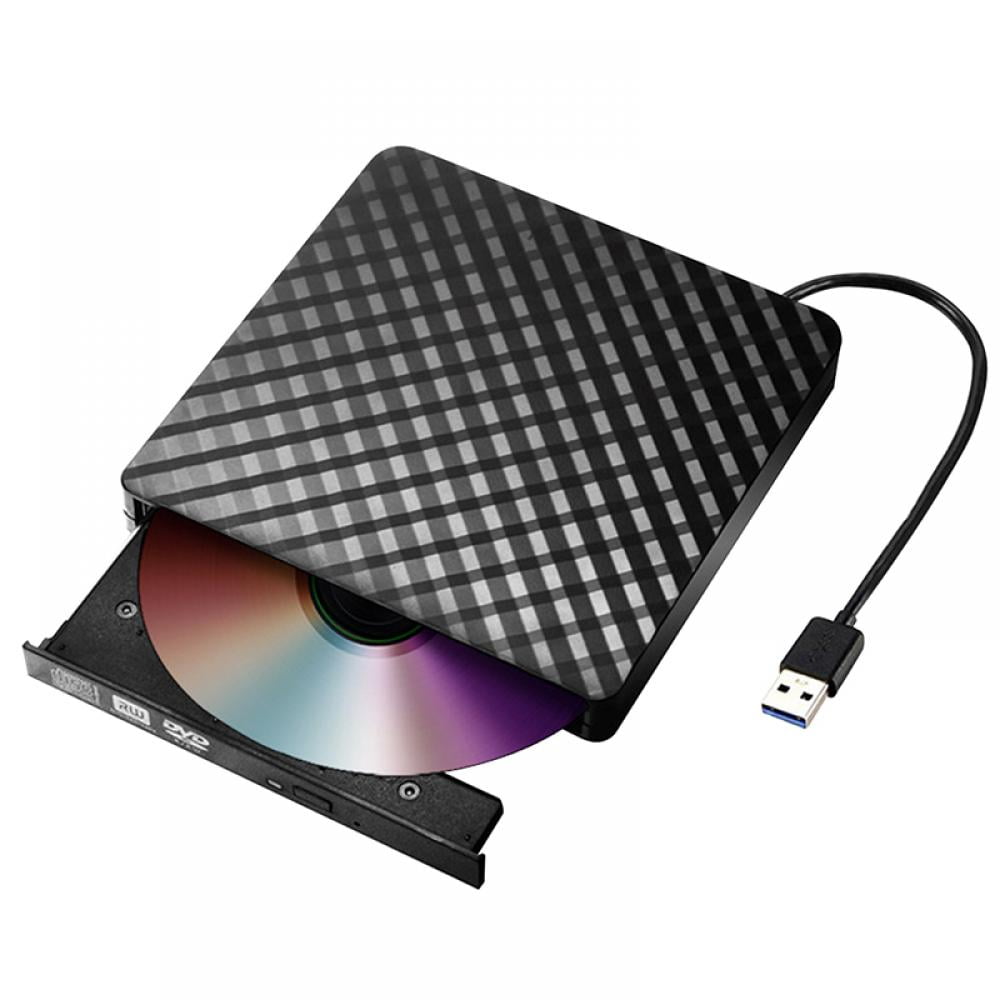

- #How to install windows xp on macbook pro running linux mac os x#
- #How to install windows xp on macbook pro running linux drivers#
- #How to install windows xp on macbook pro running linux update#
- #How to install windows xp on macbook pro running linux full#
- #How to install windows xp on macbook pro running linux mac#
At any rate, make sure that "Download the Windows support software for this Mac" is checked, which starts a download assistant that puts the Boot Camp 4.0 drivers on your desktop, on a separate USB drive or burns it onto a blank CD/DVD. If you'd rather install Windows using a USB thumb drive, read the steps below first and then move on. If you want to (or can) install Windows using your Setup-DVD, just pop it in and hit "Continue". Macs without the Superdrive give you the additional choice of creating a bootable USB thumb drive from an ISO. Boot Camp 4.0, which includes all the necessary Windows drivers):
#How to install windows xp on macbook pro running linux mac#
On a Mac with an optical drive, the first dialogue box gives you the option to download the "Windows support software" (i.e.
#How to install windows xp on macbook pro running linux mac os x#
So how does this work? First, start Mac OS X Lion and head over to Go/Utilities/Boot Camp Assistant. I'll describe these steps using Lion, though the procedure in Snow Leopard doesn't differ a lot (except for the fact that Windows XP and Vista won't work in Lion - yeah, Apple ditched "legacy" support entirely with Boot Camp 4 and Lion). The first step requires you to shrink the Mac OS X volume and create a separate NTFS partition for Windows. See also: Running Ubuntu on a Surface Pro 2, off the metal.Step 1: Setting up your Boot Camp partition
#How to install windows xp on macbook pro running linux full#
Update: I now run Ubuntu Linux full time on my Surface. But so far, this has been pretty unnoticeable to me.Īdd this to the list of awesome things this machine can do. There are, of course, plenty of disadvantages, almost all related to the extra layer of emulation between your dev environment and the metal.

#How to install windows xp on macbook pro running linux update#
I'll update when I find solutions of those. There are some things I have yet to iron out, such as touch support, random network disconnects, etc.You'll need to disable it with bcdedit before you can install/run VMWare. Hyper-V is not good for hosting graphic environments.I use VMWare because VirtualBox was consistently crashing when I opened Chromium on my 4k monitor.So if you've been wanting to run Linux on your Surface Pro, I suggest giving this route a try. I'm also using an Openbox environment, which is significantly lighter than explorer. I'm also running all my tools (nginx, Node.js, gVim, etc) on Linux, so I can avoid the extra bloat of compatibility layers that make it possible to run these Linux-esque applications on Windows. Why? My hypothesis is this: Because I'm closing explorer and all unneeded Windows services, background apps, etc., I'm removing the cost of Windows' heavy interface, OneDrive syncing in the background, apps updating their tiles, search indexing, and whatever the heck else Windows does in the background. As it turns out, my preliminary findings over the last week and a half suggest the battery life is actually better using my virtual machine than the Windows environment. It also has the nice advantage of creating share folders between my Windows and Linux environments.īut I had always felt that this would completely destroy my battery life on the machine. By installing Linux in a virtual machine, I can bypass all the networking problems because Windows is connected to the network, and VMWare hooks into these interfaces and exposes a virtual device to the VM. If you're curious about running off the metal (no virtual machine), see here. Tl dr:: I installed CrunchBang Linux (a Debian-based distro) in VMWare, closed all unneeded Windows processes (including explorer.exe), and my battery life improved, despite running an OS on top of an OS.

I decided to give another route a try, and the results are very interesting. But many pieces of its hardware, including the type cover and wireless network interface, do not have excellent firmware for Linux as of today. The Surface Pro 2 is a sweet piece of hardware. Running Linux on my Surface Pro 2 4-12-14


 0 kommentar(er)
0 kommentar(er)
